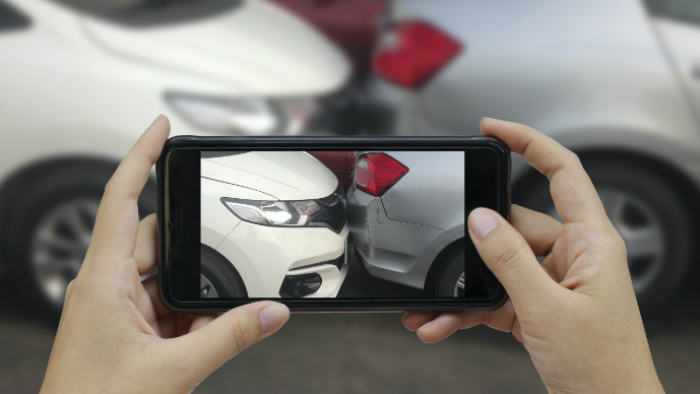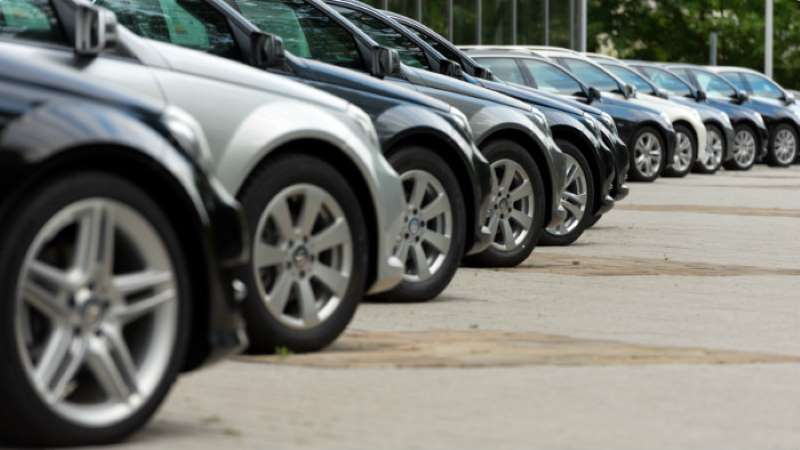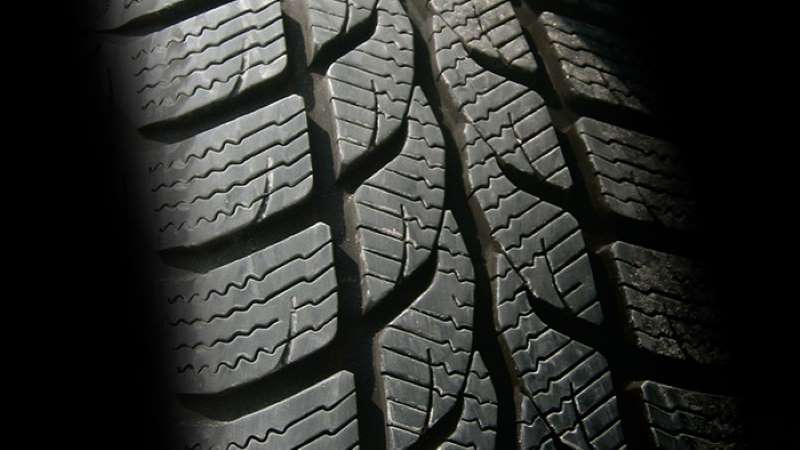When you lease a new car, you're expected to keep it in good condition so that when you hand it back at the end of your agreement, it's in a decent condition to be sold on. But, what determines 'fair' wear and tear? And, who decides whether your car is in a good enough state or not?
What Is Fair Wear & Tear On A Car?
Wear and tear occurs when normal usage causes deterioration to a car. If you're new to leasing, you might be concerned that you could be hit with a fine if there is a small scratch or dent on your vehicle at the end of your agreement.
What people often forget is that lease companies expect there to be what they call 'fair wear and tear' on a car after it has been used for several years.
Before you return your car at the end of your lease, it will be evaluated for any damage that falls outside the standard BVRLA fair wear and tear guidelines. The BVRLA stands for the British Vehicle Rental and Leasing Association and is the UK trade body for companies engaged in vehicle rental, leasing and fleet management.
How Do You Make Sure The Wear & Tear On Your Car Is Fair?
Carry out an appraisal of your car 10-12 weeks before the car is due for return, because this will allow you to arrange to have any unacceptable wear and tear rectified.
Here's some top tips to help you make sure your car is in suitable condition:
-
Clean Your Car Inside & Out Do this on the day of inspection because a dirty car is difficult to inspect, and this could mean the inspection might have to be rescheduled.
-
Check It In Good Light Inspect your car for any scratches/dents in full natural daylight away from any shadows so that you can clearly see any damage.
-
Dry Not Wet It's hard to see damage, such as scratches, on a wet car.
-
Check Side-On You're much more likely to see damage if you look down your car panels side on.
-
Check Everywhere That's mirrors, windows, front and rear lamps and less obvious panels such as the roof for chips and cracks.
-
Phone A Friend Always ask for a second opinion. A friend with a keen eye might spot something that you missed.
-
Give Everything Back This includes all sets of keys, original documents, the full signed and stamped service history, optional equipment fitted, valid MOT certificate if applicable, all emergency equipment supplies.
-
Remove Personal Items Check that you've taken everything that belongs to you out of the car upon return.
-
Tyre Check Check the wear on the tread across each tyre is even, inspect wheels, wheel trims and wheel spokes for scratches and deterioration.
-
No Bad Smells The resale value of the car will be affected if there are stains on the upholstery causing unpleasant smells. A professional valet prior to returning your car could save you more than it costs.
-
Inspect All Controls: This includes audio equipment and accessories – they should be present and fully functional.
What Happens On The Day Of Collection?
Before the car is collected, you'll be visited by someone from the leasing company and they'll check and agree on the condition of the car, noting down any damage.
If there's a dispute about the condition or damage of the car, customers have the right to pay for an examination of the evidence by an independent engineer – the engineer will be unrelated to the original inspection and agreed by both parties. If the engineer's decision is in the customer's favour, the BVRLA will refund the cost of the examination to the customer.
What Is Acceptable Wear & Tear For Lease Cars?
With so many parts of your car to consider, it can be easy to get acceptable wear and tear confused with damage that requires fixing. Whilst different lease companies imply different standards of 'fair wear and tear', our easy guide below provides examples of what is and isn't deemed acceptable.
Wheels
Acceptable: Whether you go for alloy wheels or steel wheels, minor damage up to 25mm in length is acceptable. Wheels must also meet minimum legal requirements.
Unacceptable: Major damage to side walls or uneven tread wear, plus any other damage to the wheel surface.
Windscreen
Acceptable: Little scratches that aren't directly in the driver's line of sight.
Unacceptable: Cracks and chips in the glass - and scratches inside the driver's line of sight.
Wing Mirrors
Acceptable: Minor damage, providing no paintwork is damaged.
Unacceptable: Large cracks or missing wing mirrors.
Interior Upholstery
Acceptable: Clean and tidy with only slight wear through everyday use.
Unacceptable: Permanent stains or tears
Bumpers
Acceptable: Minor scuffing is acceptable (up to 25mm in length).
Unacceptable: Major scuffing with broken paint, dents and cracked areas.
Bodywork
Acceptable: Minimal areas of chipping, light scratches up to 25mm in length (relative to the car's age). Small dents up to 10mm (with paint unbroken).
Unacceptable: Chips or scratches over 25mm in length that have exposed the bare metal or primer or have rusted. Any impact damage or multiple dents on a single panel
The residual value of your car is based on the years that you drive it, as well as the wear and tear that they would expect from its age and usage. And, there's no 'one size fits all' when it comes to wear and tear - each lease company will have slightly different standards for what qualifies. As long as you follow these fair wear and tear car guide top tips, you're off to a great start!
Your Next Steps
When you're making these final arrangements, it's time to start thinking about your next brand-new car. Choose from a wide range of makes and models and upgrade to the latest and greatest car. Whatever your driving needs are, you'll find the perfect option for you at Vanarama.
Find out more about how leasing a car works by taking a look at our handy leasing guides. If you're looking for your next car, check out our latest cheap car leasing deals or view all of our car leasing offers.






